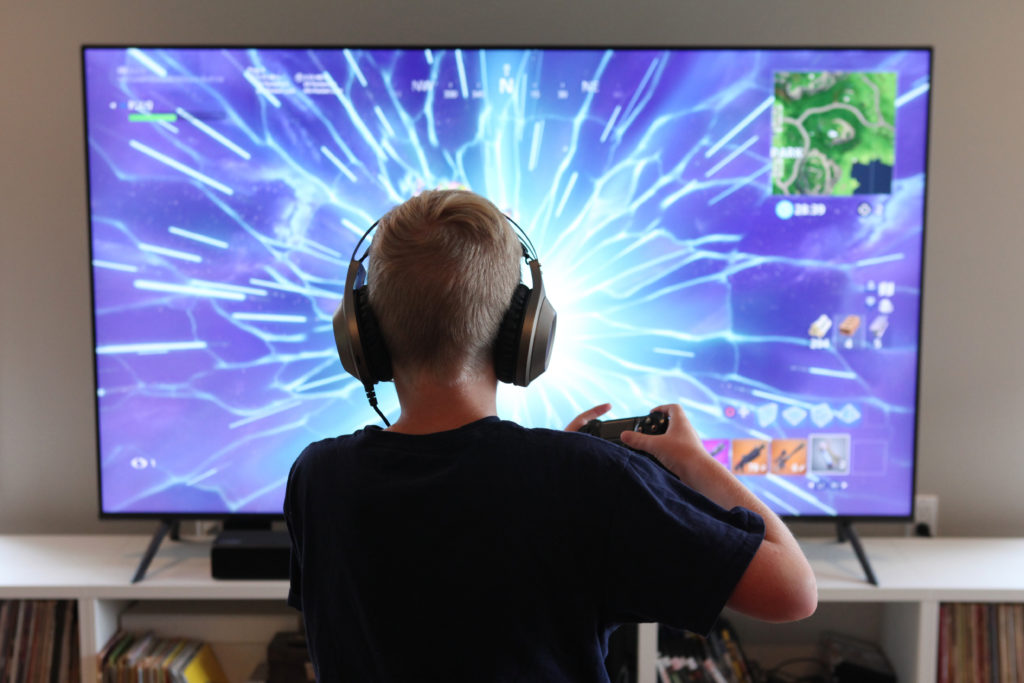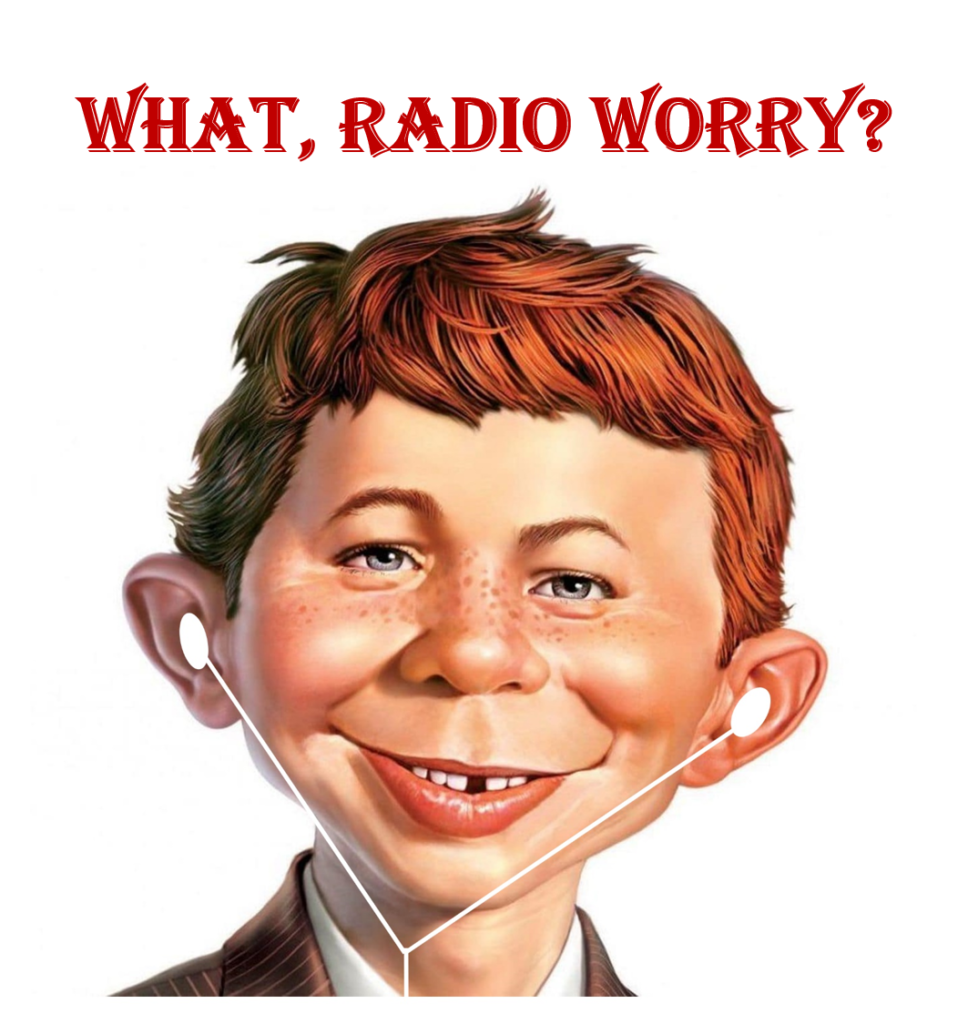
The cartoon you see at the top of today’s post is from Mad, the humor magazine of old. Before there was “Saturday Night Live,” Mad was the source of sarcasm, irony, and endless laughs for kids and teens in the 1960s and 1970s. Many of us learned a lot about current events and the cynical side of the news from Mad.
One of my favorite Mad benchmarks was “Spy vs. Spy” – a sort of Road Runner meets Wile E. Coyote ongoing strip that pitted two identical spies – one known as the white spy and his nemesis, the black spy – against each other in a series of sinisterly absurd situations.
Not surprisingly, the concept was created in 1961 by a Cuban national, Antonio Prohias during the height of the Cold War. Prohias, a Cuban, had a good sense about America’s challenge against Communist countries and found the humor in it. Interestingly, the Cuban Missile Crisis would take place the next year.
While the Cold War was a frightful, paranoid time for the U.S., at least everyone knew who the enemy was – a simple war of Us vs. Them, the white hats vs. the black hats. The weaponry was powerful, but clear to everyone in the game – nuclear warheads were the currency, and they kept the stakes high.
A lot has changed nearly six decades later. Today, the global landscape is exponentially more complicated. Terrorism has changed the equation, as has cyber warfare. And while countries may still be thought of as allies or rivals, the lines have blurred. It was a lot clearer in the Sixties.
I think about “Spy vs. Spy” when I visualize the competitive battles now facing radio. Back in the day – just a decade or so ago – radio stations were able to simply size up “the enemy” in the most simple of terms: the other Country station in town or that new 80s station that just signed on.
To make it even clearer and well-defined, first Arbitron and then Nielsen began producing easy-to-read, black and white reports that showed “When I’m P1, who is P2?” and other analyses that boiled it down into the most basic “Spy vs. Spy” battle.

Some of those reports were (or are) more than a little surprising. You think your main nemesis is the Rock station across the street who has no rate integrity – only to find out it’s actually the big Country station, or crazier yet, the NPR station you never listen to.
But now, radio broadcasters are coming to realize the competition isn’t always another radio company, cluster, or even station – it is frequently becoming a story about those new players in the media mix.
That’s especially true when you think about broadcast radio’s #1 listening location – the car. As more and more consumers trade in their old Subarus and F150s for newer models with touchscreens and connectivity, radio’s competitive universe is expanding – rapidly.

For some listeners, they’ve found SiriusXM and their broad lineup of (mostly) commercial-free stations. For others, it’s streaming services like Pandora or Spotify. Then there’s the new habit of listening to songs from Amazon Music or another service on smart speakers, like the Echo or Google Home. Still others are watching videos, TV, and movies on channels like YouTube and Netflix. Or even listening to their favorite genre on their TVs via services like Music Choice.
In short, there’s not just the very similar “black spy” across the street – the media ecosphere is now crowded, fragmented, complicated and fluid – all elements that make it more difficult to strategize and plan because the competition keeps shifting.
Establishing Netflix’s competition provides a case in point. Take yourself out of your radio situation for a moment and consider who’s keeping CEO Reed Hastings and his team up at night. Chances are, you’re thinking the culprits are Hulu, Amazon Prime, HBO, ESPN, and soon, new video streaming options from Disney and other media players seeking to control their distribution.
But in his recent earnings call, Hastings insists those other video streaming channels actually expand the total pie of viewing hours. He expects Netflix will hold its 10% share of that market, no matter how many other players enter the fray. And the fact Netflix has succeeded in spite of new streaming options – several that are less expensive – supports his contention.
So, who is Netflix’s top competitor?

Hastings insists it’s the multi-player game, Fortnite, and other video diversions – rather than Hulu or Showtime. In fact, the entire video gaming sector, including platforms like Twitch, are capturing the time and attention of millions of consumers, especially younger ones.
Are they hooked on “Bird Box” or that new documentary “FYRE” that everyone’s buzzing about on Netflix? Or would they rather sit behind a screen, battling it out against other players all over the world?
As CBS MarketWatch’s Therese Poletti suggests, Hastings may be attempting a “head fake” against his video streaming rivals. But as he explained to investors on a recent quarterly call, his biggest issue may also be his own company’s ability to retain his audience by ensuring strong performance:
“Our focus is not on Disney+, Amazon and others, but on how we can improve our experience for our members.”
That’s a very different way of viewing the competitive battlefield – one that should be inspiring to radio’s leadership, corporately and on the home market turf.
Of course, it begins with audience research – not the ratings or that new music test – but surveys that cover the broader arena of entertainment and information in your marketplace. In this disrupted marketplace, what are your listeners doing when they’re not listening to you? When they leave the radio dial, where do they go – and why?
Are you asking those questions in your station perceptual studies, or web surveys, or even in your focus or Listener Advisory Board groups?
We are in the stretch run in the fielding of Techsurvey 2019 – another massive turnout of stakeholder radio stations across the U.S. and Canada. We already have north of 50,000 completed surveys that will provide an informative, in-depth analysis of radio’s core fans. Are they enjoying the product? What other sources are they turning to for music and talk? What gadgetry is defining their media consumption patterns?
And as always, we’ll break down the competitive ecosphere by gender, generation, and formats so programmers, marketers, and managers can draw up their unique media battle plan, whether they’re in Seattle, Sioux City, or Schenectady.
Oddly enough, Mad’s mascot from its very beginnings is an odd-looking dude – Alfred E. Neuman – a gap-toothed, big-eared guy who always graces the magazine’s cover in much the same way Oprah seems to always ends up on the cover of O.

His devil-may-care expression is reinforced by the positioning statement:
“What, me worry?”
When it comes to sizing up broadcast radio’s modern-day competitive environment, there’s actually much to be worried about.
Security comes with identifying and understanding the other spies.
- What To Do If Your Radio Station Goes Through A Midlife Crisis - April 25, 2025
- A 2020 Lesson?It Could All Be Gone In A Flash - April 24, 2025
- How AI Can Give Radio Personalities More…PERSONALITY - April 23, 2025




I LOVED MAD magazine as a kid. MAD begat National Lampoon which begat Second City which begat SNL…etc. As the days move on and the black and white good and bad capitalist v communist and my AC vs your CHR all gets moved to the shelf of anachronisms, we find ourselves in a world of over supplied media choices. Grasping all of this is like grasping the size of the universe – it’s really hard.
What’s a radio manager to do? Here are some ideas (though not so original but good non-the-less
1. Control what you can control. Continue to service your listeners on their terms and not just your terms. Recognize that with a gazillion choices you are blessed to have them listen to you. But, you must provide more value today then yesterday if you want to keep them. Continue to service your advertisers on their terms and not just your terms. Recognize that 90% of local advertisers are buying both digital and traditional media to market their business SO provide them with multiple solutions in order to create value for you and help them market their business accordingly.
2. Forget about everything else. So much noise about “choice”. It’s true but it can’t let you be overwhelmed. If you are a bunch of college kids playing the “adult” Russians in a hockey game you have to focus on the puck not on a concept of what you’re in the middle of. if you don’t you’ll be eaten alive. It’s the only way to win.
3. Don’t give up. Keep trying new things. Ask questions. Learn, read, study, immerse yourself in being above the obvious. Challenge yourself today and tomorrow. Find small solutions and build on them. Help your listeners. Help your advertisers. Help your employees. Take it slowly but methodically. Everyday is a gift. Use it.
4. Recognize we are not in the radio industry anymore. Like the train companies of old that went out of business because they didn’t realize they were in the transportation business, radio is in the media business and it’s a very busy business. So, go back to #1 and work your day around that.
Jon, this is spot on – a great distillation of what I posted. I think if you go back oer your 4 ideas, Reed Hastings is essentially doing all of them as he navigates Netflix through unchartered territory. As for trying new things, it wasn’t that long ago when Netflix was sending DVDs through snail mail in red envelopes. A focus on the customer is numero uno, which the truly great brands understand. For radio, this is “new think,” and it’s essential broadcasteres tkae your fourth idea to heart. Thanks for the thinking and advancing the conversation.
Netflix still sends DVD’s.
I use that option for movie’s I know I’ll want to see the Bonus and Extra content only accessed via the disc.
(Then again, I may just be rationalizing my aged acquaintance with newfangled ways to watch stuff)
Interestng. I wonder what the precentage of DVDs in the mail is to streaming movies. Thanks for sharing your Luddite ways. Actually, those DVD extras are often very content-rich.
It’s a Battle Royale for Eyes & Ears. But, audio recall is the most powerful, versatile & accessible. Radio turns on a dime. It’s done so through multiple reincarnations aka Worst to First. Content. Presentation. Information. And, “Music, music, music now on 77 WABC. Ding.” Have signal. Will travel. And, as projected by Mad’s Magazine’s Don Martin, “Boink!” can come from anywhere.
True that. Thanks, Clark. (That Don Martin was one talented illustrator.)